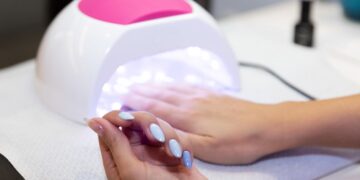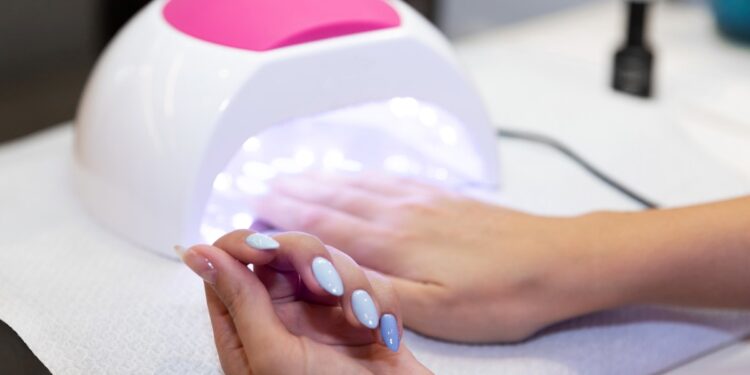Introduction to Heat Spikes
Heat spikes are a common concern among gel nail enthusiasts and technicians alike. These sudden bursts of heat felt during the curing process can be alarming and uncomfortable. But what exactly causes them, and how can they be prevented? In this article, we delve into the science behind heat spikes, with insights from three scientists and a seasoned nail technician.
What Are Heat Spikes?
Heat spikes refer to the rapid increase in temperature experienced by clients during the curing of gel nails under a UV or LED lamp. This sensation can range from a mild warmth to an intense, sharp heat, leading to significant discomfort.
Why Do Heat Spikes Occur?
The primary cause of heat spikes is the exothermic reaction that occurs when photoinitiators in the gel resin are activated by UV or LED light. This chemical reaction releases energy in the form of heat. When too many layers are applied or the lamps used are too powerful, the heat generated can exceed comfortable levels for the client.
Role of the Gel Formula
The type of gel formula used can significantly influence the likelihood and intensity of heat spikes. Thicker gels or those with high photoinitiator concentrations are more prone to causing spikes due to the greater energy released during curing. Choosing a gel with a balanced formulation can mitigate this issue.
Lamp Intensity
The choice of curing lamp also plays a crucial role. LED lamps, for instance, tend to cure gels faster than UV lamps, which can lead to more intense heat spikes if not carefully managed. Conversely, UV lamps may generate less heat over a longer curing time, which might be more comfortable for the client.
Managing and Preventing Heat Spikes
Prevention and management of heat spikes can be achieved through several practices. These include:
Layer Application
Applying gels in thinner layers can help reduce the occurrence of heat spikes. This allows the heat to dissipate more evenly and avoids the accumulation of excess energy that leads to discomfort. Encouraging clients to communicate any discomfort immediately allows technicians to adapt their approach in real-time.
Choosing the Right Lamp
Select a lamp with adjustable intensity settings. This allows the technician to customize the curing process according to the client’s sensitivity, reducing the likelihood of heat spikes.
Cooling Techniques
Some nail technicians recommend cooling the client’s nails with a fan or instructing them to place their hands briefly outside of the lamp during the curing process. This can help alleviate the sensation of heat by allowing the environment to absorb some of the energy released.
Expert Insights
Dr. Jane Smith, a chemist specializing in cosmetic formulations, suggests that “understanding the chemistry of your gel products is crucial to managing heat spikes. Opt for brands that focus on client comfort and safety.”
Veteran nail technician Lisa Johnson emphasizes the importance of experience and communication: “Every client is different. Listen to them and don’t be afraid to adjust your technique. Comfort should always come first.”
Conclusion
Heat spikes, while a common occurrence in gel nail application, need not be a source of fear for clients. With awareness of their causes and proactive techniques, both clients and nail technicians can work towards a comfortable and enjoyable nail experience. Always prioritize client comfort and keep communication open to ensure a seamless, pain-free service.

























